Structured work systems were developed by Division TEACCH at UNC Chapel Hill as part of the structured teaching programmatic approach to working with individuals with ASD. A structured work system, sometimes called an independent work systems or work systems, is a set up of work to be done within a visually cued system that answers four questions:
- What work needs to be done?
- How much work needs to be done?
- How do i know when I’m finished?
- What do I do next?
Traditionally this system begins with work bins or task baskets that are set up with a schedule that tells the worker what to do first and next and then has a visual at the end indicating what to do when he is finished. A common setup looks like this:
The number of baskets and the amount of work in the baskets can change dependent upon the amount of work the student can do independently. The student follows the schedule on the left from top to bottom. He matches the top visual to the first basket on the left, completes the task, and puts in the finished basket on the floor to the right. The student then does the same with the second visual and middle basket, and then the third visual and third basket. The fourth visual depicts what the student does next–typically a reinforcing activity that the student enjoys.
Work systems can be used in a variety of settings (home, school, worksite) and with all ages of students, preschool through adulthood. The level of difficulty can be increased by increasing the the amount of work, the number of tasks, or bumping it up by having the students travel to check their schedule and/or travel to get their tasks.
Some individuals can use a notebook system for paper and pencil tasks instead of bins, like the example below.
Work systems are useful in the classroom and at home for a variety of reasons.
- Individuals with ASD frequently spend a great deal of time with high levels of support throughout their day and addressing their ability to complete tasks independently is a critical skill to teach. These individuals often become dependent upon the supports provided, as well, and having time during the day when they are expected to work on their own is one important component in fostering independence.
- Work systems help individuals practice mastered tasks to assure they maintain the skills with a variety of materials. For instance, students who have learned counting can practice counting with a variety of different materials.
- They give individuals a time when they can work on their own without adult interference. I have actually found that work system time is often the student’s favorite time of day.
- They give individuals a sense of accomplishment at completing tasks on their own.
- They provide a system that can be used in a variety of situations to help the individual be engaged in meaningful activities. For instance, parents can use it to keep their child or adolescent engaged in a series of leisure skills while they make dinner. Job sites can use the system to set up assembly and packaging tasks, among others, for workers to complete without supervision.
- In classrooms, when students can work independently while practicing meaningful skills, work systems allow the teacher to break down the class into smaller groups to work with while a group of students work on their own. In addition, in the general education classroom, a work system can provide a student with the opportunity to work on his or her own while the students are doing morning work or other independent tasks.
- Finally, the work system can be adapted to introduce new tasks in a variety of settings as well.
For ideas about work systems, you can follow me on Pinterest under drchrisreeve or specifically on the board I use for pinning examples of tasks for work systems. I am also in the midst of adding work tasks to my Teachers Pay Teachers store including a set for dressing kids to match the weather. Over the next few posts I will examine the elements that are important to consider in developing work systems and post examples and ideas for tasks that are appropriate for work systems. In the meantime, if you want to know more about work systems, our book, Building Independence: How to Create and Use Structured Work Systems , provides step-by-step directions and tasks that are separated into those appropriate for preschool/elementary and secondary/adults.
, provides step-by-step directions and tasks that are separated into those appropriate for preschool/elementary and secondary/adults.

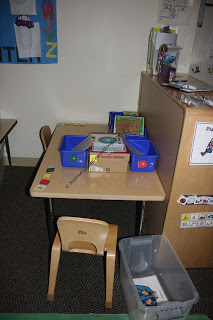
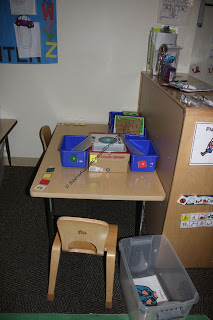

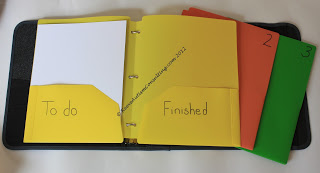

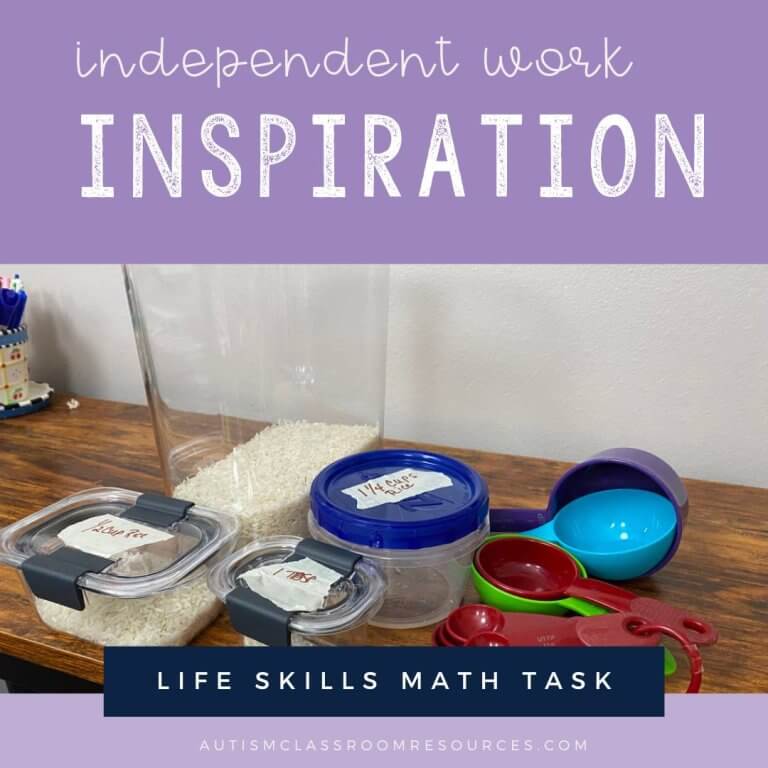
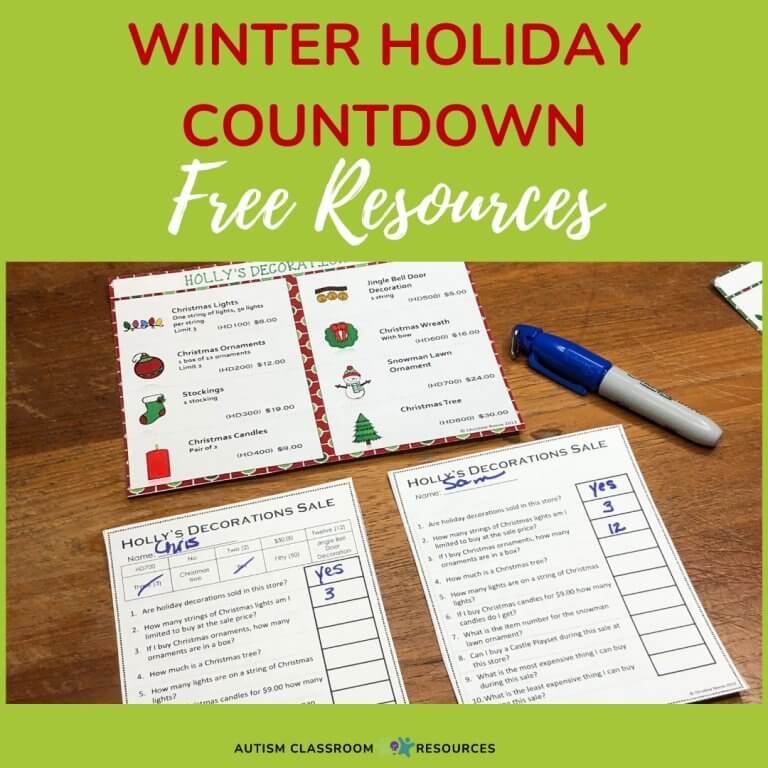
![Independent Work-3 Ways It can Become Your Best Classroom Management Tool [A sorting task in a shoebox to sort nouns from verbs on popsicle sticks into plastic cups]](https://autismclassroomresources.com/wp-content/uploads/2023/06/BLOG-22208-3-Ways-Task-Boxes-and-IW-Help-Classroom-Management-2-768x644.jpg)
